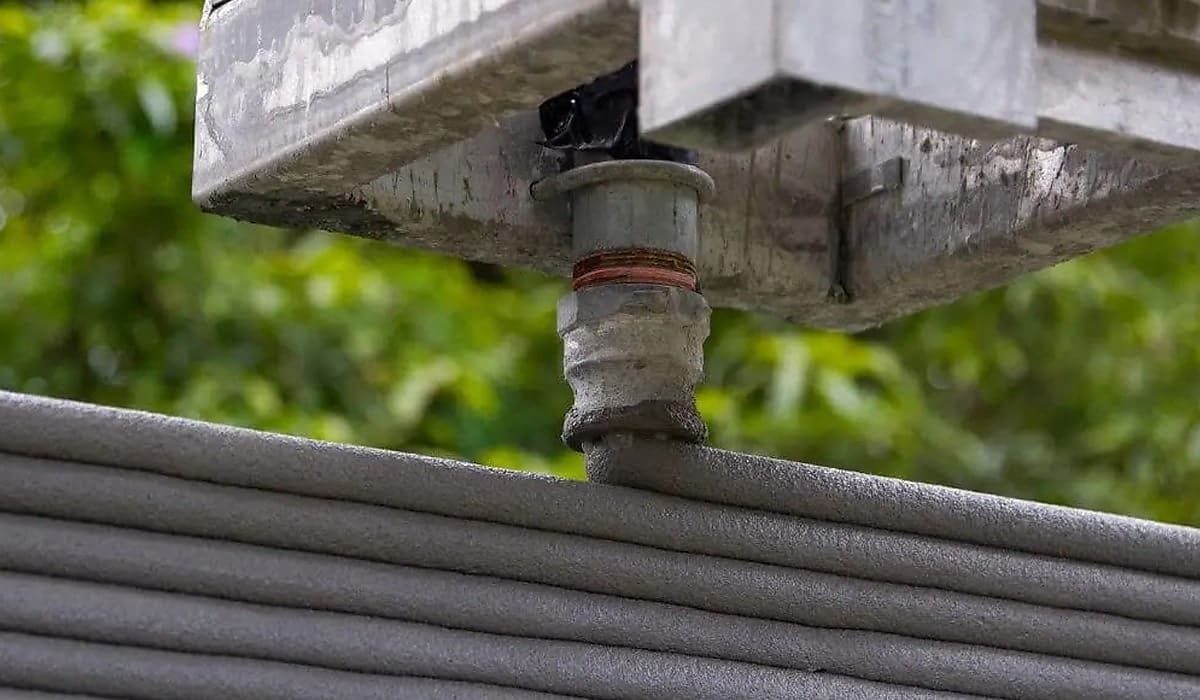NSW gives 3D-printed homes the tick of approval
The state will soon begin its first test of the technology to speed up build times for social housing.

With social housing waitlists soaring across NSW, the state is looking to get innovative in its methods of getting walls up on new homes, and will soon break ground on its first 3D-printed social housing project, with the hope of cutting construction time by more than 50 per cent.
The government has engaged Aboriginal Sustainable Homes – a building, design and project management firm that works to create culturally sensitive homes for Indigenous communities – to work in partnership with Contour3D to use 3D printing technology on the construction of two homes in Dubbo.
Construction is roughly estimated to take 16 weeks – a substantial decrease from the 40 weeks that would otherwise be estimated for homes of this size.
In addition to its time-saving benefits, the government is also keen to explore how this construction method will reduce waste and increase the energy efficiency of the homes it builds.
According to NSW Minister for Housing and Homelessness, Rose Jackson, the project in Dubbo will function as something of a test case for using the technology, with the hope that 3D printing can play a larger role in NSW’s social and affordable housing construction.
“The success of this project will help to determine whether this construction method becomes one of the many ways we can deliver more social housing right across the state in a bid to help us tackle the growing crisis,” she said.
“Utilising modern methods of construction like this 3D printing technology is critically important to delivering social and affordable homes sooner, especially in regional and remote areas,” she added.
Jackson said this construction would be the first of its kind in the country, and she commended the Aboriginal Housing Office (AHO), which is overseeing the project, for embracing the innovative approach.
“For [this project] to be led by the AHO reflects their dedication to exploring new and efficient ways of building more quality homes for community,” she said.
Managing director of Aboriginal Sustainable Homes, Brad Draper, also commented that the AHO had a track record of “pioneering new ways to deliver social housing”, and expressed his assuredness that they would be able to deliver “another successful project for the local community”.
Founder and CEO of Contour3D, Nick Holden, added that he was excited to showcase what the company’s technology could achieve by “bringing automation to the forefront of housing construction”.

